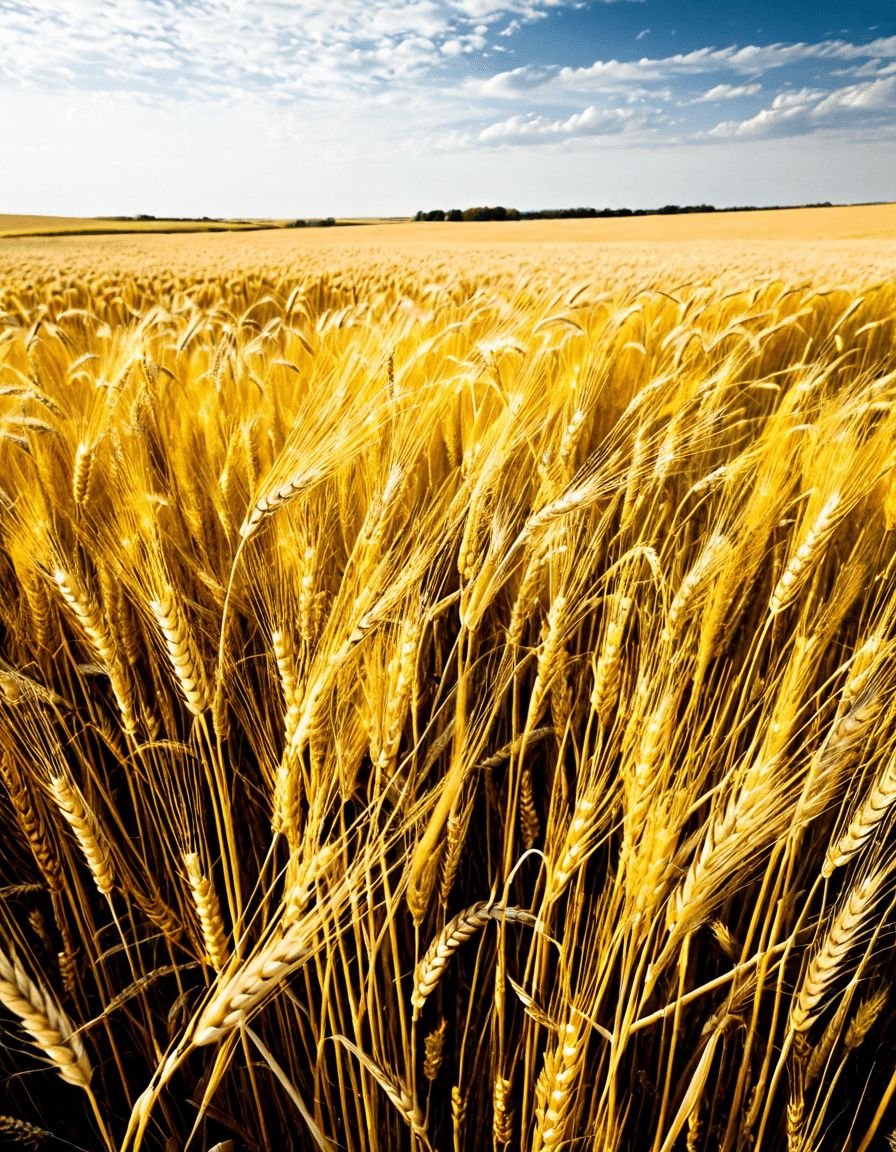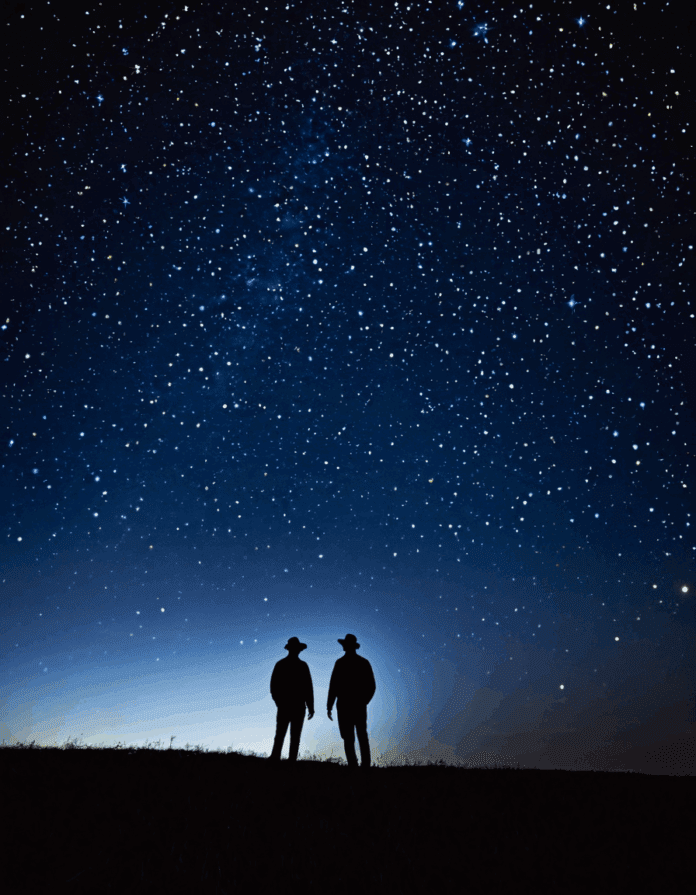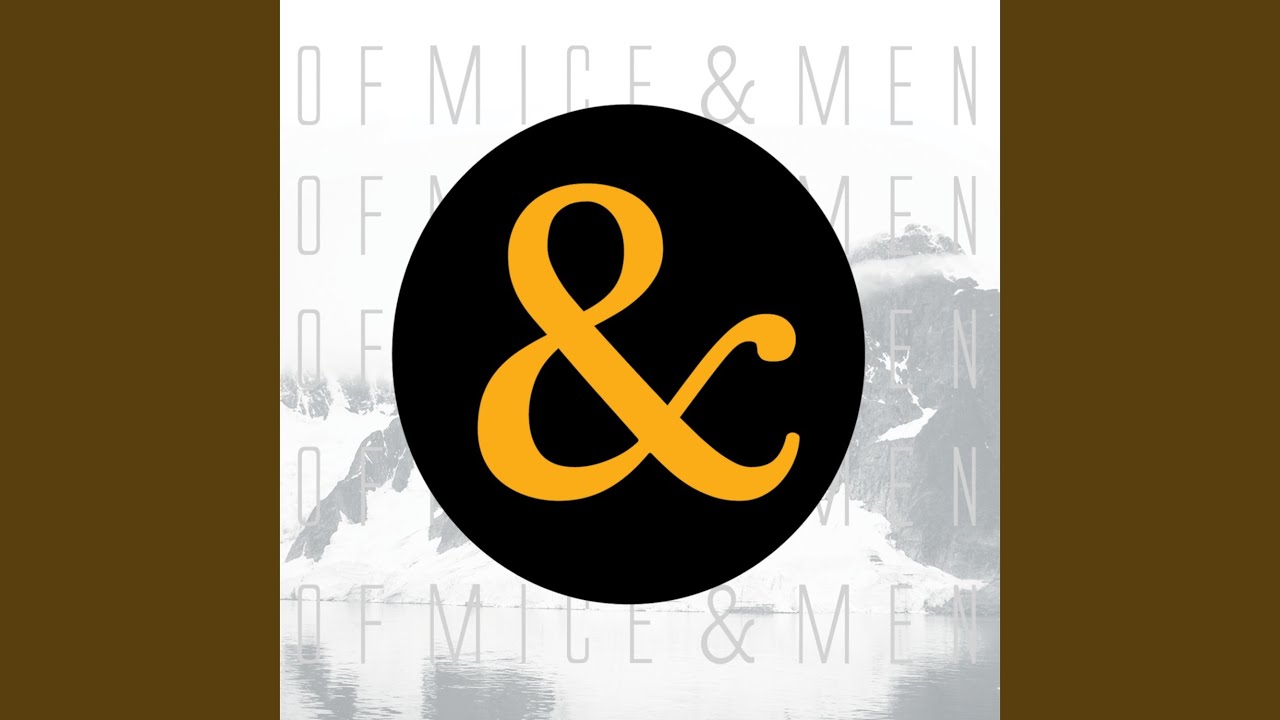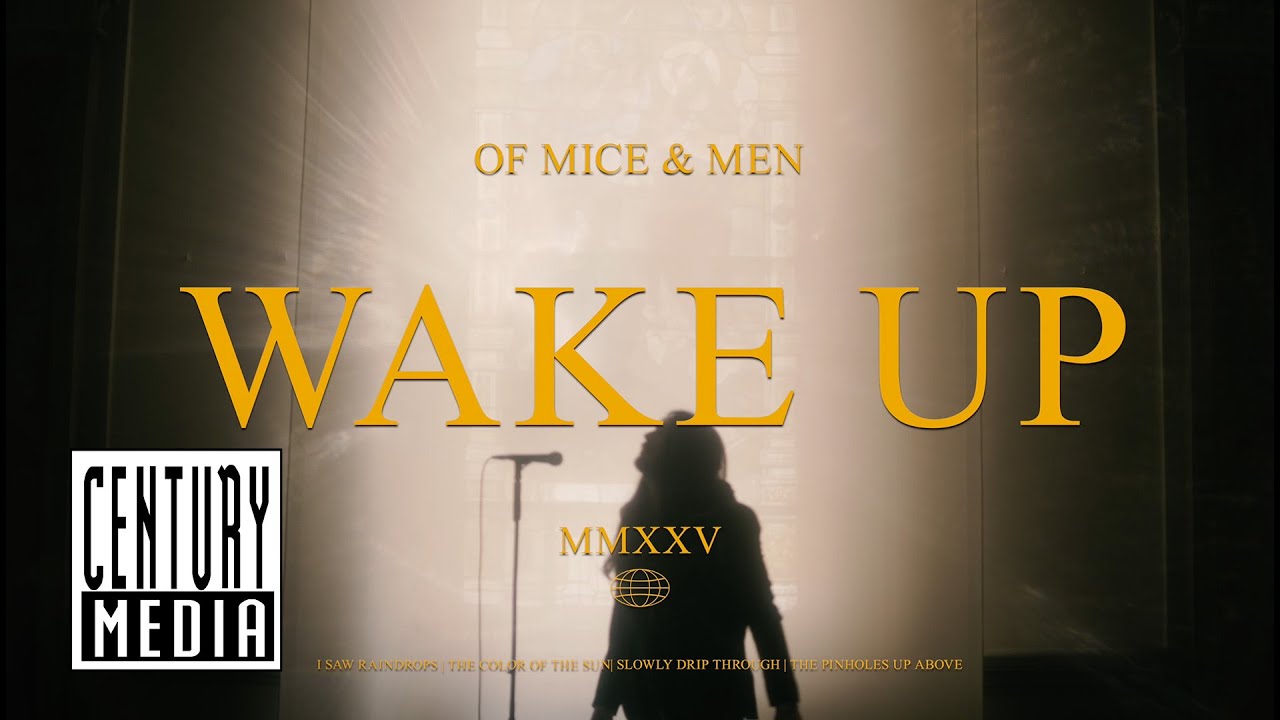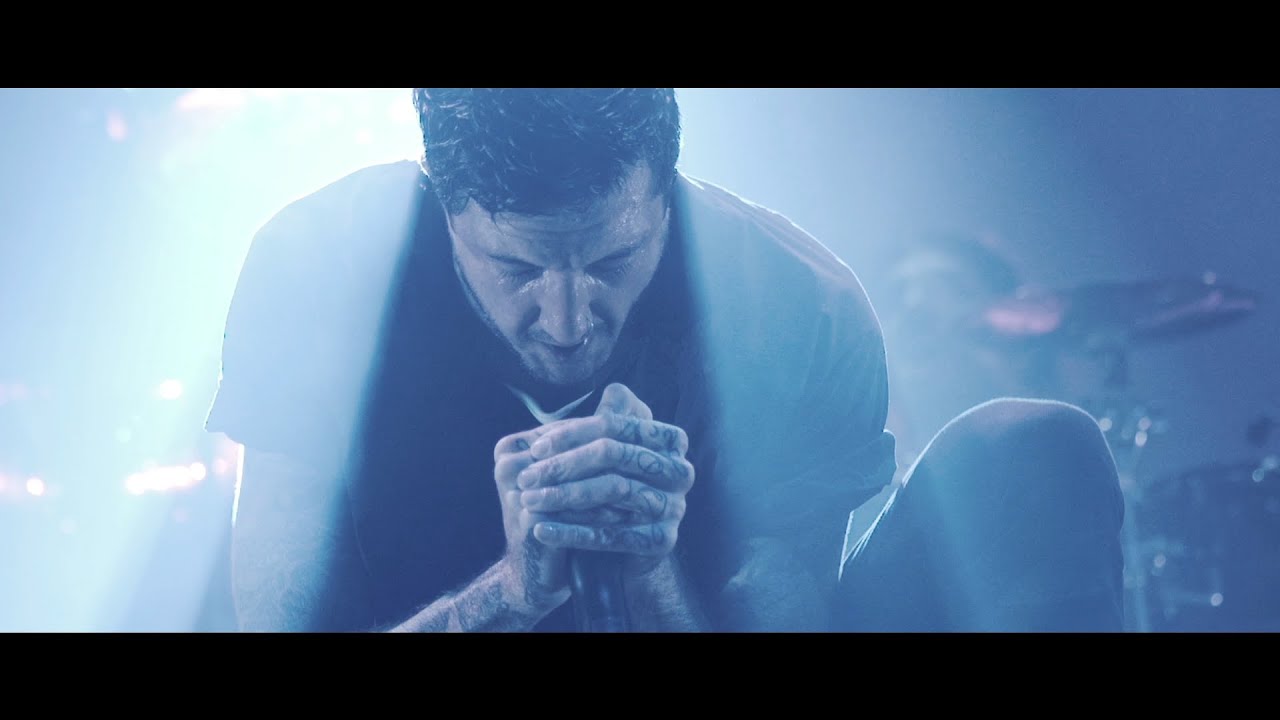The classic novella “Of Mice and Men” by John Steinbeck not only highlights the struggle of two displaced migrant ranch workers during the Great Depression but also intricately weaves a narrative about friendship, hope, and unfulfilled dreams. This article delves into how the themes of camaraderie and aspiration resonate through time, significantly impacting contemporary storytelling and our understanding of human relationships. Can you believe how relevant “Of Mice and Men” remains, even in our modern era? It’s amazing to see the emotional landscape Steinbeck painted still influencing our discussions today.
Friendship and dreams are fundamental to human experience, something that never goes out of style. In today’s world, where individuals often feel isolated and burdened, reflecting on George’s and Lennie’s relationship offers wisdom for navigating our complex lives. Let’s dive deep into the heart of this profound story.
5 Heart-Wrenching Moments That Showcase Friendship in “Of Mice and Men”
1. George’s Sacrifice
When push comes to shove in “Of Mice and Men,” George’s sacrifice makes for an emotional climax that’s hard to forget. Choosing to end Lennie’s life instead of letting him face a fate worse than death shows the depth of their bond. This tragic act mirrors real-life scenarios where people grapple with the tough decisions of love and protection, facing heartbreak yet knowing they’re acting out of deep care. Have you ever had to make a hard choice for someone you love? It’s both gut-wrenching and emotionally profound.
2. Lennie’s Innocence and Strength
Lennie Small embodies both the innocence of a child and the physical prowess of a giant. His innocent quest to touch soft things leads to devastating consequences. This duality reflects how people in society, despite their strengths, often navigate life with childlike naivete, leaving a ripple effect on those around them. For instance, consider how stories like “The Young Woman and the Sea” showcase individuals facing immense challenges while possessing both strength and vulnerability, akin to Lennie’s character.
3. The Dream of the Farm
Ah, the dream of owning that little slice of paradise! For George and Lennie, it represents hope and a future free from the burdens of itinerant life. Their dream is not just about land but a greater yearning for freedom, stability, and companionship. Today, many young adults chase similar dreams, longing for security and a place to call home. This quest can sometimes feel as elusive as finding out How late Is The closest grocery store open when you desperately need a late-night snack—a clear reminder of these universal aspirations!
4. Candy’s Loss and Inclusion
Candy’s character adds another layer to the narrative, showcasing that fear of being cast aside, particularly for the elderly. His desire to reach George and Lennie’s dream illustrates the beauty of friendship that offers solace amidst loneliness. Today, people actively seek to include others facing vulnerabilities, reflecting our collective need for connection. It’s this deep sense of community that helps us weather life’s storms—kind of like when your friends show up with snacks during your Netflix binge!
5. Curley’s Wife’s Isolation
Curley’s wife might come off as just a troublemaker, but her tragic story reveals her own feelings of isolation in a male-dominated world. With dreams and hopes dashed, her character resonates with the stories of women today striving for recognition and support. If we compare her struggles with contemporary narratives about empowerment, we see parallels that mirror today’s realities. The essence of “Of Mice and Men” encourages conversations about those in the shadows, providing the kind of depth we see in films spotlighting women’s and societal struggles.

Modern Parallels: “Of Mice and Men” in Today’s Society
The essence of “Of Mice and Men” continues to echo in contemporary society, particularly in how friendships are formed and dreams pursued. Much like George and Lennie, modern individuals face challenges that test their connections. Whether it’s dealing with mental health issues or navigating societal expectations, the emphasis on community support remains crucial. Organizations like NAMI (National Alliance on Mental Illness) embody George’s protective nature over Lennie, reinforcing the importance of a supportive network during trying times.
Today’s narratives about women resonantly echo Curley’s wife’s longing for identity. Through artists and activists, we hear stories showcasing female empowerment and the struggles against societal confines. The parallels between Steinbeck’s characters and today’s individuals create a rich dialogue around aspirations and communal resilience.
The Ripple Effects of Dreams: From the Dust Bowl to Today
The dreams of George and Lennie extend beyond their immediate plight in the Great Depression. Much like today’s individuals pursuing their ambitions, many navigate societal constraints while holding on to their aspirations. It’s fascinating to consider how personal dreams are deeply shaped by historical legacies. Artists and filmmakers alike have brought renewed interest to the themes present in Steinbeck’s work.
Adaptations like Robert M. Penn’s stage version and the memorable 1992 film starring Gary Sinise and John Malkovich showcase how Steinbeck’s narrative resonates beyond the page, challenging audiences to reflect on their own dreams against a landscape of socio-economic adversities. The cultural significance of such adaptations keeps the conversation on hope and despair alive—reminding us that we’re not alone in our experiences.
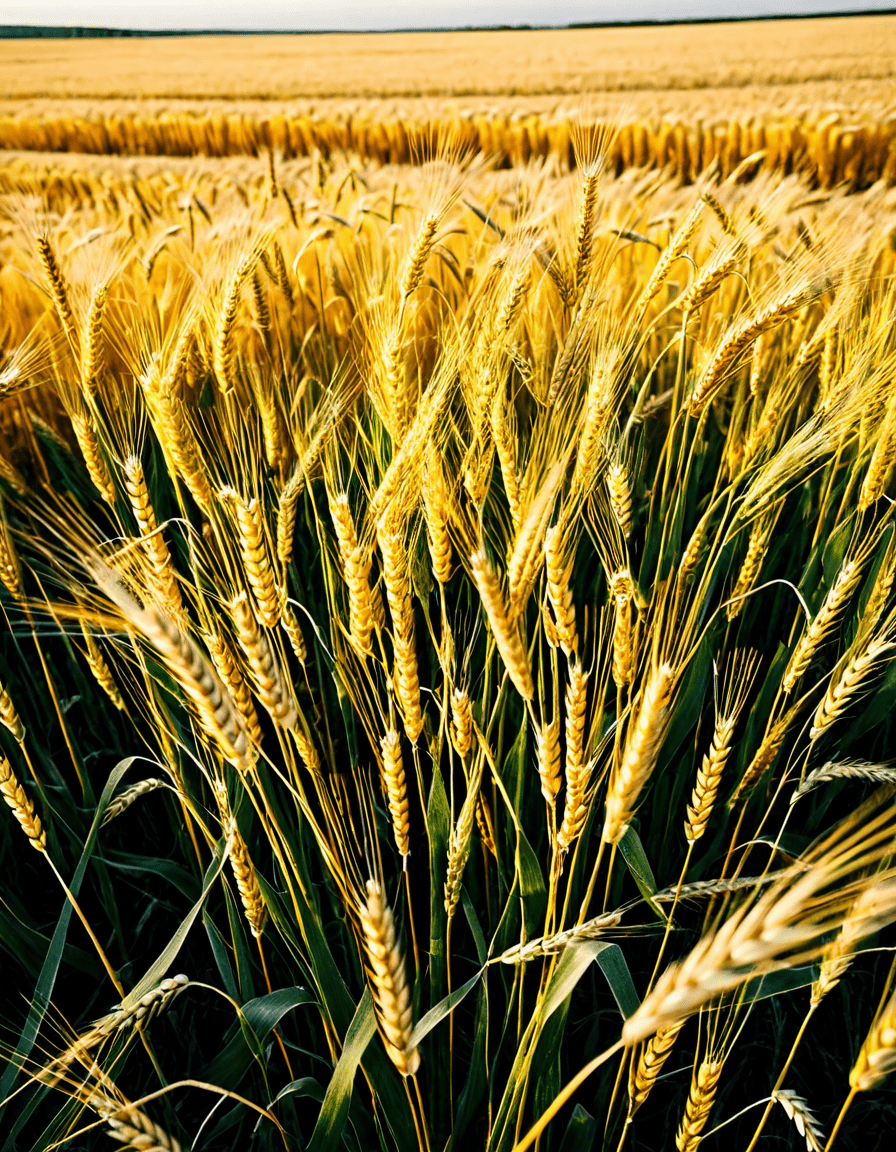
Weaving Dreams and Friendships in a Complex World
In today’s fast-paced world, the exploration of friendship and dreams in Steinbeck’s “Of Mice and Men” holds ever-present relevance. As we navigate our relationships, filled with challenges similar to those faced by George and Lennie, it’s vital to appreciate the emotional weight that both fulfilled and unfulfilled dreams carry. This story is a call to action, urging us to forge connections, advocate for shared dreams, and cultivate the friendships that truly define our humanity.
Steinbeck’s masterpiece reminds us that behind every aspiration lies a tale of friendship, sacrifice, and the deep yearning for belonging—truths that continue to shape our modern lives in 2026 and beyond. So, next time you think about “Of Mice and Men,” reflect on how those emotional currents are present in your own life. With every connection we nurture, we build a legacy that resonates through time, much like the haunting melodies of Mazzy Star.
Conclusion
In understanding the timelessness of “Of Mice and Men,” we can’t help but draw inspiration for today. The pains, joys, aspirations, and friendships outlined by Steinbeck continue to remind us of our shared humanity. It’s an invitation for those navigating the paths of friendship and dreams to reflect on their own journeys, creating connections that resonate like a well-rehearsed symphony in an otherwise chaotic world. And remember, keep dreaming, keep connecting, and don’t shy away from protecting those you love—because, like George, those bonds are worth the fight.
Of Mice and Men: Heartbreaking Friendship and Dreams
The Background of Steinbeck’s Masterpiece
John Steinbeck’s Of Mice and Men was published in 1937, during the Great Depression—a time when social struggles deeply affected American life. Set against this backdrop of economic despair, the story resonates with timeless themes of friendship, dreams, and loneliness. Fun fact: Steinbeck drew inspiration from his experiences working as a laborer, such as during his time in migrant camps, which brings an authentic edge to the characters. Interestingly, the novel’s title is derived from Robert Burns’s poem “To a Mouse,” hinting at the fragility of dreams—something that resonates with those who’ve planned vacations to paradise spots, like finding Bora Bora Flights for that long-overdue trip.
The Power of Friendship
At the heart of Of Mice and Men is the deep bond between George and Lennie. Their relationship showcases the importance of companionship during trying times. The lengths George goes to protect Lennie illustrate a love that is both heartbreaking and heartwarming. Speaking of connections, did you know that the character of George was inspired loosely by Steinbeck’s own experiences? He wanted to highlight how friendships can anchor individuals, much like how a rapper expresses their life story through music. Some readers might not even realize that Lennie’s tragic flaws echo throughout various artistic expressions, much like Iggy Azalea, who often raps about her struggles and triumphs.
The Legacy and Impact
Of Mice and Men remains a staple in high school curricula, prompting discussions about the dreams that slip away and the consequences of societal pressures. The novel’s themes resonate so strongly that adaptations, including films and stage productions, keep emerging, similar to the anticipated solo leveling movie that’s in the works. It’s fascinating to think how even after decades, this story continues to spark fresh interest. Just like you’d look for the best Cases For a tablet to protect your device, readers return to this tale to find new insights and lessons.
In the end, Of Mice and Men teaches us that dreams may fade, but the bonds we form often hold lasting significance. Even the lyrics to famous songs like Gasolina touch on the shared human experience of desire and yearning, reinforcing those same themes present in Steinbeck’s poignant narrative. Whether you’re considering the dreams of its characters or reflecting on your own aspirations, this story reminds us that life’s journey, with its ups and downs, is worth exploring.
